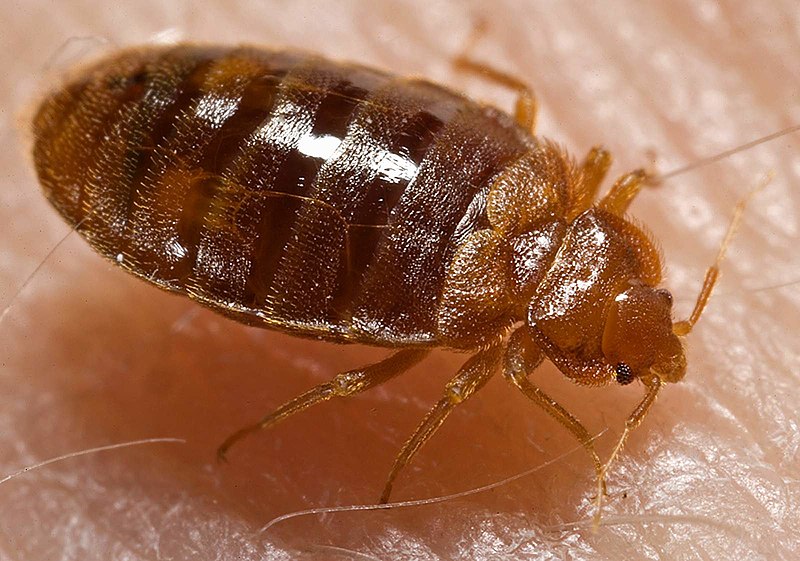INTRODUCING MR. BEDBUG
I know, and I'm totally convinced that this mister needs no form of introduction. His name has become an household name, he's an unwanted and uninvited guest that has somehow found its way into most homes. Hmmm! I can imagine your plight.
Tell me, how can you fight something you don't fully understand its course? You think you know this guy; I bet what you know is just a pinch, hence, the need for proper introduction, or better still, re-introduction. By the time you're done reading this, you'll get to see why you've not been able to easily wipe them off your room.
Leaving all formalities behind (that is, no more Mr.), let's call the spade, a spade.
BEDBUGS ARE INTERESTED IN YOUR BLOOD, NOT YOU
Bedbugs, honorarily designated by zoologists as Cimex lectularius, are small hematophagous (blood-sucking) insects that live in cracks and crevices, but thrives best around the corners of your couch and bed. You sure know what is keeping them there.
Bedbugs feed ONLY on blood. Their most active feeding time is when people are sleeping or sitting quietly, especially when it’s dark. Their most preferred areas are exposed skin, preferably the face, neck and arms (of a sleeping person).
YOU ATTRACT THEM
Bedbugs are attracted by your body heat and the carbon(IV)oxide you exhale while breathing.
To calm your nerves before we push further, although bedbugs can be upsetting and very annoying, they aren't dangerous and don't transmit any human diseases. Let somebody shout halleluyah!!! The best they can do is bite sleep off you, all though the night.
THEIR REPRODUCTIVE CYCLE IS EXPLOSIVE
Their females can produce 5-7 eggs per week, laying up to 500 in a lifetime. Their eggs are white, tiny and stick to surfaces and could be difficult to spot.
Eggs hatch into nymphs. Newly hatched nymphs are tiny (about 1/16th of an inch). Nymphs—which look like small adults—become adults in 5 weeks. They go through 5 molts to reach adult size—meaning they shed their old, smaller skin 5 times.
THEY THRIVE IN ANY KIND OF WEATHER
Bedbugs grow fastest and lay most eggs at about 27 degrees Celcius. Adults, nymphs and eggs can survive sustained heat and cold if given time to adjust. So spreading your mattress in the sun isn't the solution here.
ADULT BEDBUGS CAN SURVIVE FOR UP TO A YEAR WITHOUT FEEDING
Now this is crazy. You see why even if you hide yourself from them, you still don't get rid of them. They are starvation masters.
COME ON, BEDBUGS DON'T PLAY DIRTY
Bedbugs can be found in the cleanest parts of the house. They're not attracted to dirt, so a bedbug infestation isn't a sign of an unclean home. So quit looking towards dirty places.
THEIR WAY IS LIKE MAGIC
Have you ever wondered, these things don't jump or fly, and yet gain grounds so fast. How possible?
Bedbugs are fast crawlers, once they get into a house, they can spread easily from room to room. They spread within a building by getting through holes in walls or pipes, and can potentially invade blocks of flats, or hotels in no time.
They also stick to luggages, clothings, furniture and bedding and can be transported from one building or room to the next.
THEY SURE KNOW HOW TO HIDE
On average, it takes around seven weeks before bedbugs are discovered in a room of a property. They only begin to surface when they have become so much in the house.
HOW DO YOU STAY SAFE?. . .
This post is the first of the series DEALING WITH BEDBUGS. More posts still to come. Do stick around. Hey, not like bedbugs. *Winks*


No comments:
Post a Comment